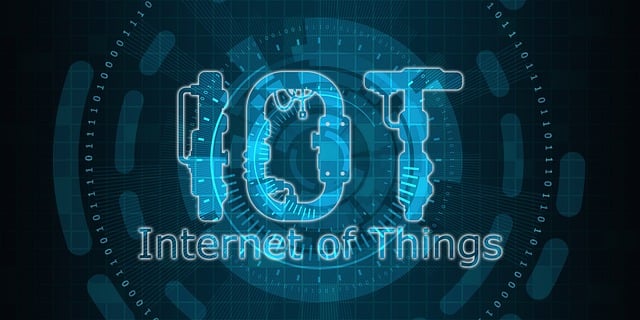Introduction
The Internet of Things (IoT) refers to the ever-growing network of physical objects that are connected to the internet and capable of collecting and exchanging data.
From smart homes and wearable technology to industrial machines and medical equipment, IoT has become a major driving force in the tech industry and a crucial part of our daily lives.
In this blog, we will explore the concept of IoT, its applications, benefits, and challenges, as well as its future potential.
What is IoT?
IoT is the interconnectivity of physical devices, vehicles, buildings, and other items embedded with electronics, software, sensors, and network connectivity, enabling them to collect and exchange data.
These devices are connected to the internet and can communicate with each other, allowing for the creation of smart systems that can automate various processes and tasks.
Applications of IoT
IoT has a wide range of applications across various industries, including healthcare, transportation, manufacturing, and more.
In the healthcare industry, IoT devices can be used to monitor patients’ vital signs remotely and alert healthcare providers in case of any emergency.
In transportation, IoT technology can be used to track the location of vehicles, optimize routes, and reduce fuel consumption.
The manufacturing industry can also benefit from IoT by improving efficiency and reducing downtime through predictive maintenance.
Smart Homes:
The Most Popular Application of IoT Smart homes, where household appliances and devices are connected to the internet and can be controlled and monitored remotely, are one of the most popular applications of IoT.
Smart homes allow homeowners to control lighting, heating, cooling, and security systems from a single app on their smartphones.
This can save time and energy, as well as improve the overall comfort and convenience of living in a connected home.
Benefits of IoT
The benefits of IoT are numerous and include improved efficiency, cost savings, and enhanced safety and security.
By automating processes and tasks, IoT can increase efficiency and productivity, leading to cost savings for both individuals and organizations.
IoT devices can also provide real-time data, which can be used to make informed decisions and improve performance.
Additionally, the use of IoT technology can enhance safety and security, by providing alerts and notifications in case of emergency situations.
Challenges of IoT
Despite its many benefits, IoT also faces several challenges, including security, privacy, and interoperability.
As IoT devices collect and exchange large amounts of sensitive data, there is a risk of cyber-attacks and data breaches.
To address this issue, it is important to implement strong security measures, such as encryption and authentication.
Additionally, the issue of privacy arises as IoT devices collect and store personal information, leading to concerns about who has access to this data and how it is being used.
Finally, the lack of interoperability between different IoT devices can create a fragmented and disjointed user experience.
The Future of IoT
The future of IoT looks bright, with predictions of a significant increase in the number of connected devices in the coming years.
In the near future, we can expect to see the integration of AI and machine learning in IoT, allowing for even more advanced and automated systems.
Furthermore, the development of 5G technology will greatly improve the connectivity and speed of IoT devices, leading to even more widespread adoption.
Conclusion
IoT has already made a significant impact on our daily lives, and its potential for growth and development is limitless.
While there are challenges to be addressed, the benefits of IoT, including increased efficiency, cost savings, and enhanced safety and security, make it a technology worth investing in.
As we move forward, we can expect to see even more exciting developments in the world of IoT.
